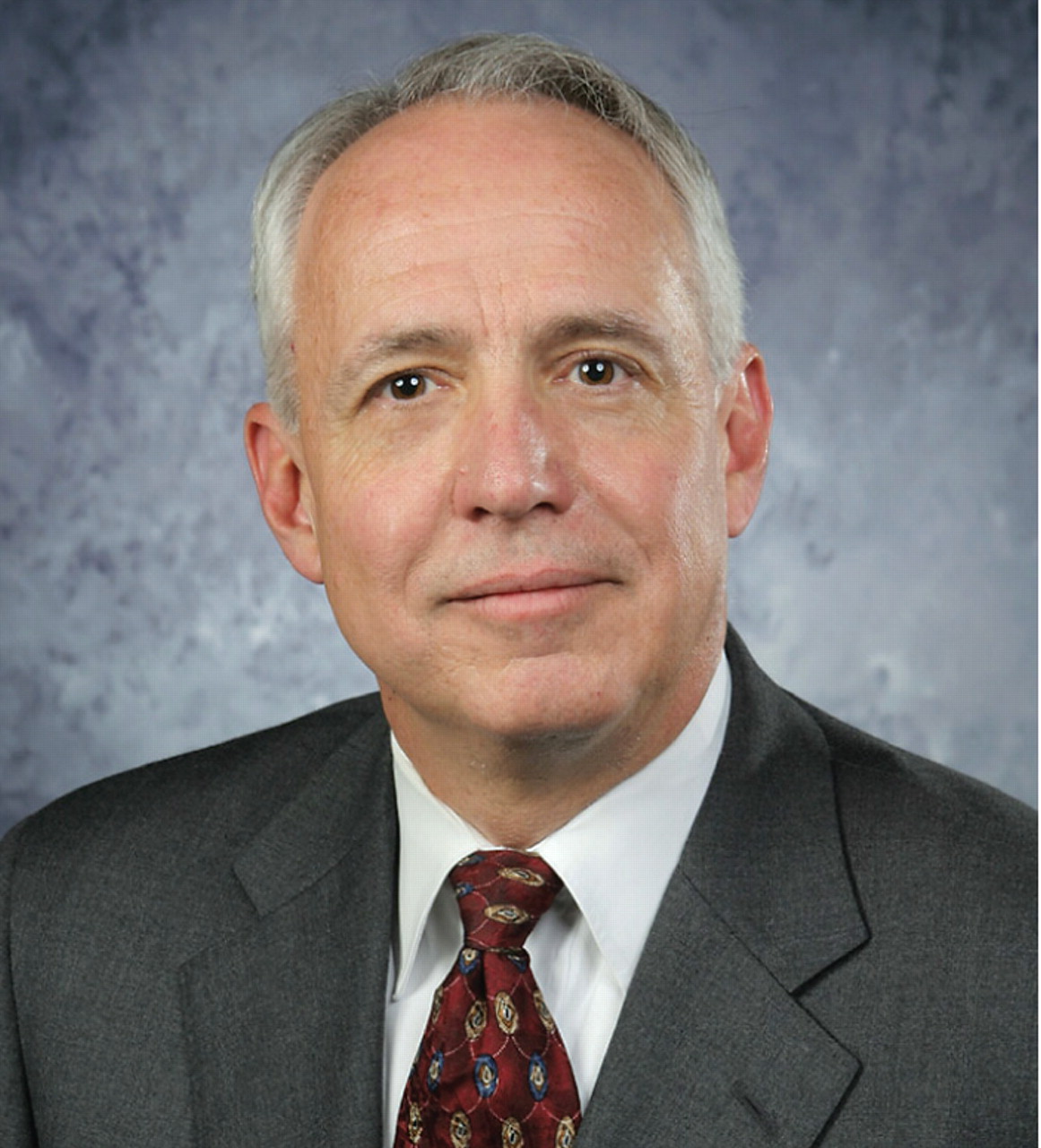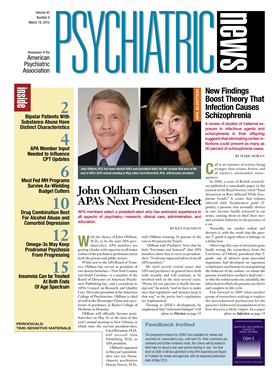Workforce issues and a looming doctor shortage cannot be overlooked in the effort to reform the country's health care system.
That's what psychiatrist Darrell Kirch, M.D., president and CEO of the Association of American Medical Colleges, said in an interview with Psychiatric News.
“We cannot view our workforce problems in isolation from the overall compelling need to achieve true health care reform,” Kirch said. “It is not just a matter of insuring more people but of redesigning care models and deploying our workforce in a different way.
“Most of the debate in Congress has been about expanding insurance,” he continued. “What we need to see now are doctors and hospitals and health systems developing local solutions to provide more care to a broader number of people. It's going to require greater integration of physicians and health care systems, better use of information technology, and different payment systems other than traditional fee for service.”
In an editorial in the January 4 Wall Street Journal, Kirch raised the red flag about a problem that has not captured the spotlight but that is arguably as daunting as mounting costs and diminishing access and is closely linked to those two: in the next 15 years, the United States is facing a shortage of some 125,000 doctors. Meanwhile, U.S. medical schools are training only 27,000 physicians a year.
How did the shortfall come to be so large?
“There is no single cause,” he said, “but the problem has grown out of a convergence of multiple factors. We have a growing population and an aging population, and we have more treatment modalities available for patients, but the workforce expansion has not kept up.
“The reality is that while the U.S. population grew in recent decades, we did not increase the number of medical schools.”
Kirch in his Wall Street Journal editorial particularly drew attention to a cap on federal funding for residency slots that was passed by Congress as part of the Balanced Budget Act in 1997. “At the time, there was a belief that we might be facing a doctor surplus if we went in the direction of a radically different care model,” Kirch said, referring to the predominant view then that managed care would funnel patients through gatekeeping primary care settings, minimizing the need for specialists.
“We believe the cap should be lifted. It's not logical to believe we can hold physician supply constant while the population grows. It's also not logical to think we can redesign care models using nonphysician providers. Of course, Congress is focused on the big picture of health system reform, but many members of Congress can see the problem we have in multiple specialties, not just primary care.”
Student debt, too, is a daunting problem, though Kirch said the evidence is mixed as to what extent debt levels influence choice of medicine as a career or choice of specialty. “But debt has far outstripped inflation, and that's simply not sustainable,” he said.
All of the factors affecting workforce generally apply to psychiatry, Kirch said. “As a specialty, psychiatry sits on the less-well-reimbursed end of the spectrum, and the burdens of practice associated with paperwork and administrative hassles have become more challenging.”
He added, “There has been a modest increase in the number of medical students entering psychiatry in the United States in recent years, but there are real questions about whether it has grown enough to meet the mental health needs of the population.”
In terms of how training institutions themselves will have to adjust to meet the doctor shortage, Kirch said the most critical innovation in years to come will be the shift toward an emphasis on competencies.
“Instead of the notion of a fixed number of years of training, more people are thinking about training up to your ability to demonstrate competence,” he said. “If that continues to take hold, it could lead to more flexibility in training.”
It's a movement whose fruition is still years in the future. “Most residency programs are just beginning to define core competencies and to test and assess them,” Kirch said.

